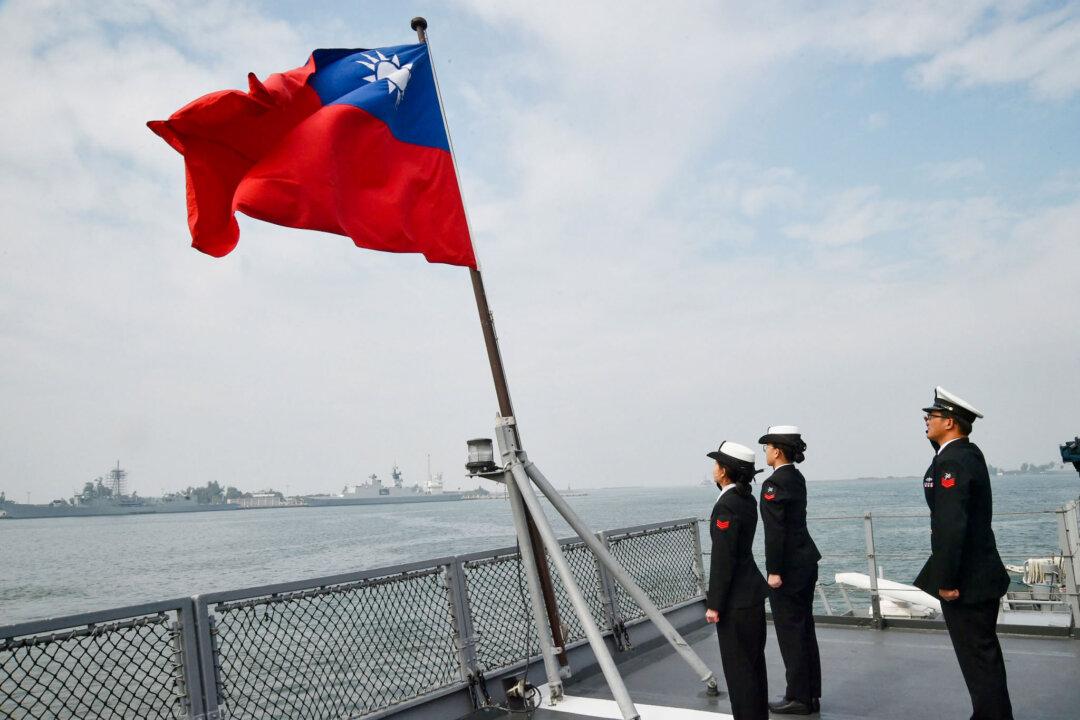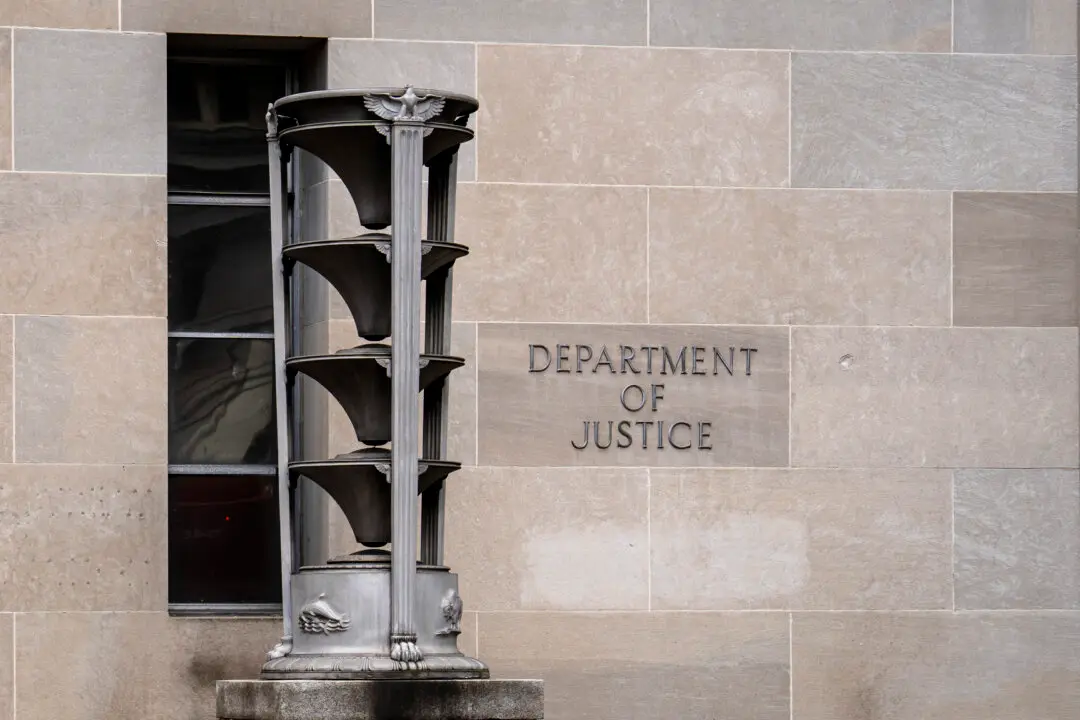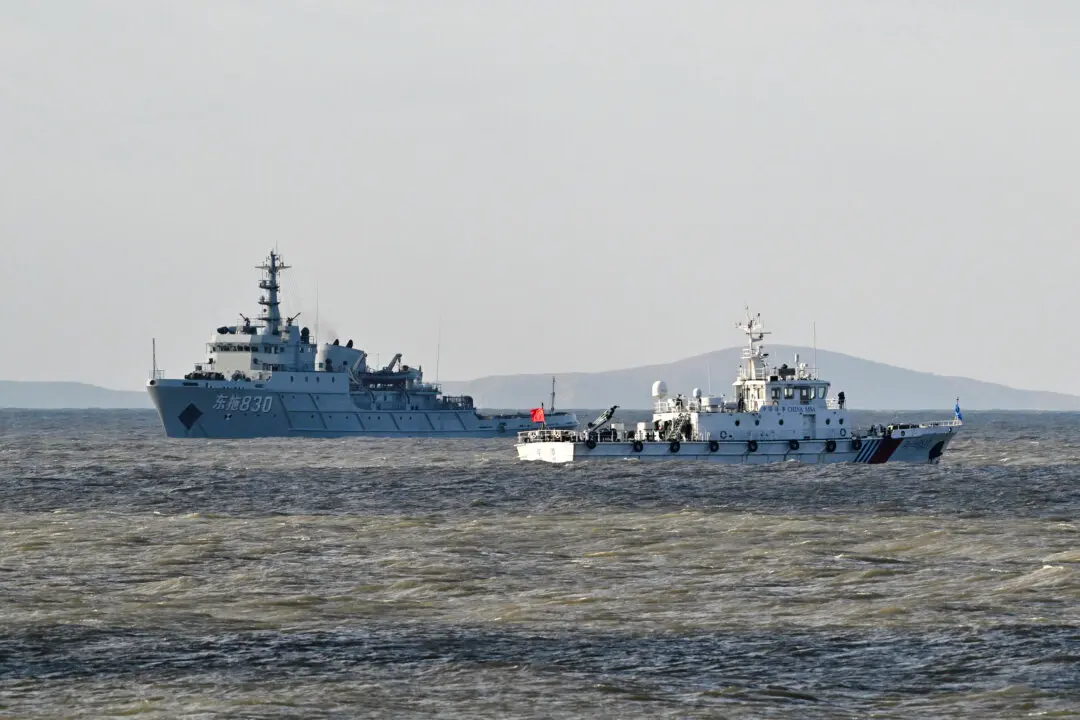Softbank, a Japanese telecom company, has now officially excluded its long-time supplier and Chinese tech giant Huawei for its 5G deployment in Japan.
Japanese Mobile Carrier SoftBank Rejects Huawei, Chooses Nokia and Ericsson for 5G Network

People walk in front of a shop of Japan's telecoms giant SoftBank in Tokyo, Japan, on Nov. 23, 2018. Kazuhiro Nogi/AFP/Getty Images

Frank Fang
Reporter
|Updated:



